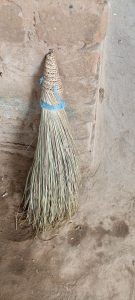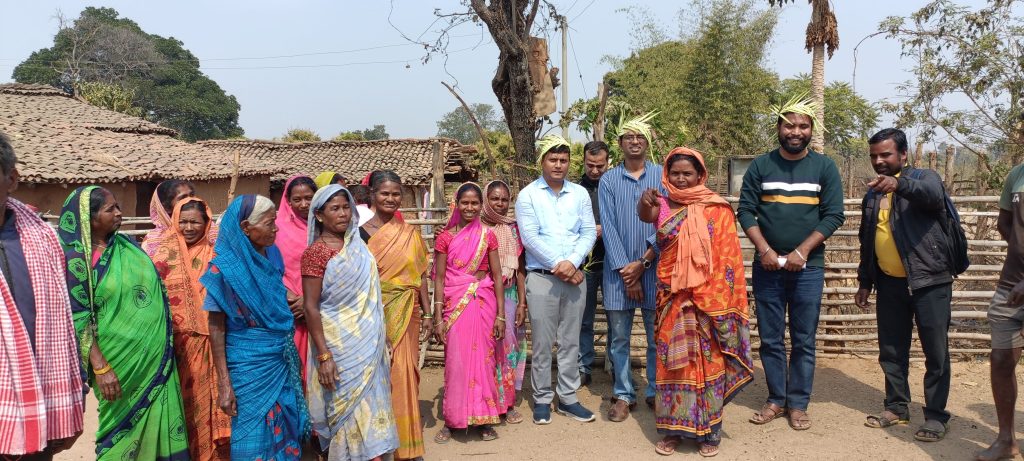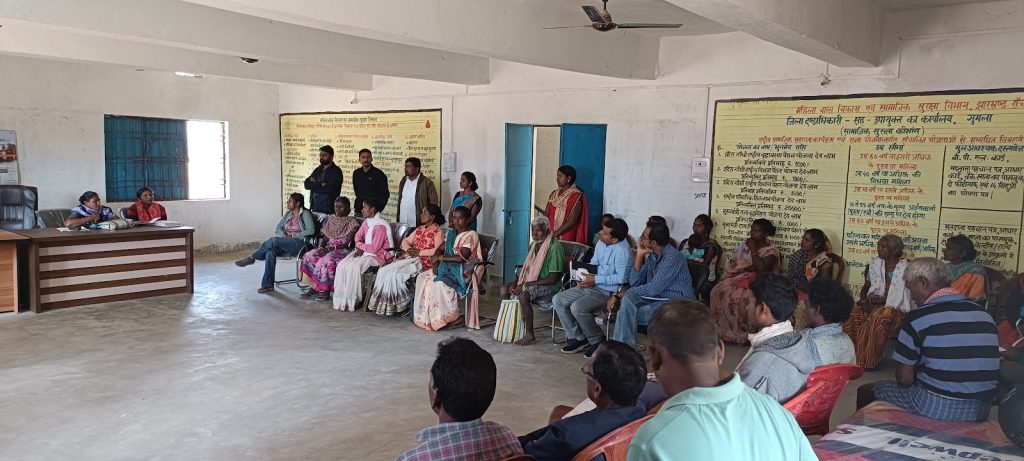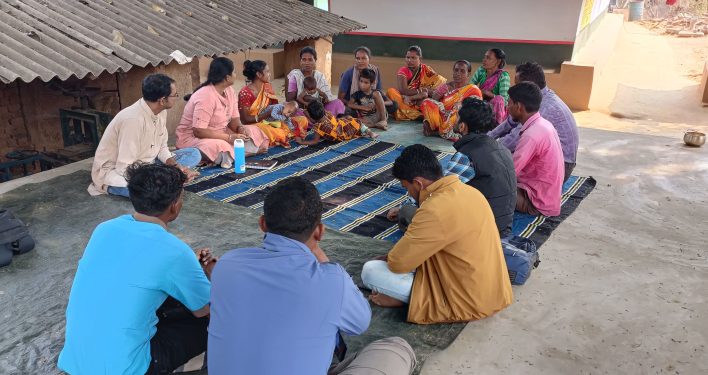Below is Vikas’ account as he travels to three regions in Jharkhand and asks residents about their relationship to their ‘home’, pokes at the changing aspirations of rural India, and wonders if a transition from interventions to responses might be more meaningful.
Indian villages are a treasure-trove of resources, cultures and skills, traditionally passed down through generations. Villagers also tend to share a close connection with their natural surroundings, for reasons ranging from sustenance to religion. As aspirations change and evolve, these connections undergo a change as well. I visited Jharkhand in February to sow the seeds of a crucial element of the Rainmatter thesis: nudging a ‘sense of the house’ among the locals.
Jharkhand has about 4,000 Gram Panchayats. What do these villages consider to be their wealth? What is of value to them? What are their aspirations? What are these aspirations rooted in? What are the gaps in reaching these aspirations? When we, as outsiders and potential funders, step in, do we take into account the communities’ relationships with their ‘home’? Are our responses based in their requirements? Or do we foist methods that we understand to be the best solutions for particular challenges? These are among the many questions we’ve been posing internally and to our partners throughout last year.
A number of PRA (Participatory Rural Appraisal) conversations tend to lose out on finding valuable information. Through the above questions, we have been trying to move away from approaches that foist solutions onto communities. Instead, the endeavour is to take the time to uncover answers with them through engagement and assessment. As and when the answers emerge from the grassroot level, we can swap the word ‘intervention’ from our dictionary to replace it with ‘response’.
PRA exercises typically start with a specific framework. As such, a lot of questions are directed or hinted to arrive at specific kinds of answers. For instance, questions like: “Please tell us what are the problems you/your village face?” or “What are your aspirations?” more often than not lead to answers like: “We are not able to access X, Y, Z scheme” or “We do not have enough water” or “We need more income” or “We need pucca houses”.
These discussions are then ripe to turn into a solutioning exercise. Our attempt in Jharkhand was to steer away from such discussions and instead instil a sense of the place/house.
 So we started the discussion at a village in the Bhasia region by asking the residents whether they made the broom (jhadu) or bought it at the market.
So we started the discussion at a village in the Bhasia region by asking the residents whether they made the broom (jhadu) or bought it at the market.
“We make it. Our parents taught us how to.”
“Which method would you prefer for your next generation – to make it at home or to buy it in the market?”
“Making a broom requires effort. We need to first get the grass from the forest, then dry it and then make the broom. It’s easier to go to the shop and buy it.”
“Then we will need to earn money to pay for the broom. Earning money also involves effort, and once the shopkeeper knows that you do not know how to make a broom, he may increase the price. And since you are not using the grass anymore, you will not even notice if the grass vanishes from your forest.”
“It may be better for us to teach our kids how to make the broom.”
We then moved to talking about assets:
“What is your most valuable asset?” –“Paddy. We sell it when we want to buy something.”
“Where do you get the paddy from?” –“From the farm.”
“So is the land the asset or is paddy the asset?” –“The land is the most valuable asset.”
“What about the soil? Will you get paddy if the land turns barren?” –“That is true… without good soil, the land is of no use.”
“So is your most valuable asset your soil, the land or the paddy?”
Further questions led to discussions on water, trees and forests. As it turned out, the community had a deep sense of connection to their soil, water, forests and the place in general. What they needed help with was in understanding the factors that were affecting the health of the soil, water and the forests.
By trying to bring in a place lens, we moved away from typical questions and built a conversation around the community’s needs. What is the value of conserving traditional skills? What do villages stand to lose if they lose these skills? Do we need to introspect if we’re having to source our basic necessities from far and beyond, and heavily packaged and travelling long miles at that.

Interacting with local communities in the Bhasia region.
In Sukruda village, collectives of between four to six women have converted their barren lands into mango orchards and integrated vegetable cultivation to suffice their own consumption needs; they sell the excess produce. As a result, the women no longer have to travel in search of labour jobs. They’ve also observed that the quality of their soil has gradually improved. Looking at the outcomes of these collectives, more villages now want to adopt this idea.
In sharp contrast, in another village, farmers were encouraged to use modern methods such as drip irrigation, pesticides, hybrid seeds, mulching sheets and so on in order to increase yield based on the monetary target they aspired to achieve. Solar fences, nylon fences, and polynets made their way to this remote village. Soon enough, a number of these communities started seeing the long-term problems with the plastic left behind by mulching sheets. In a community encouraged to try hard by any means to increase outputs and income, with little importance given to their surrounding and ecological wealth, it was difficult to see a connection and belongingness to their own home.
When the balance in our homes is disturbed, we spring into immediate action to fix it. But who is doing this for our villages? What is off-balance in our villages today? What needs attention? What is fine today but might be at-threat tomorrow? The local communities have, and will always be able to assess this for themselves. And none of these elements work in isolation, rather they influence one another.

The new Gram Panchayat office, which is now a space for members from the surrounding Gram Panchayats to come together and hold conversations about issues that matter to them.
A deep conversation with our partners followed these field visits. Communities often have a vision for what their village and their panchayat should be like. On this trip, the aspirations ranged from wanting a green and a healthy village to one that can provide for its people’s needs. The question for us then is how do we merge their aspirations with an approach that values people, their skills and the environment? How do we build local communities that are resilient to the market forces in the long-run? How do we help find solutions for communities rooted in their need as opposed to in our convenience? These are the questions we need to ask as we refine our approach.
When I look back on this experience, two quotes come to my mind:
“A bend in the road is not the end of the road, unless you fail to make the turn.” – Helen Keller
“Do Not Follow Where The Path May Lead. Go Instead Where There Is No Path And Leave A Trail.” – Ralph Waldo Emerson
Written by Vikas Hosoor
Edited by Tanmayi Gidh

